
Understanding the Dragon’s Breath Plant: A Comprehensive Guide
Introduction
Have you heard of the Dragon’s Breath plant? Officially known as Celosia argentea, this stunning plant is a favorite in many gardens. With its vibrant colors and simple care needs, it’s no wonder gardeners love it. This article aims to provide you with a thorough overview of the Dragon’s Breath plant, covering its care and unique uses.
Speaking of care, you might want to grab some Plant Fertilizer for Flowering Plants to ensure your Dragon’s Breath thrives. After all, they deserve a little TLC, right?
Summary and Overview
The Dragon’s Breath plant belongs to the Amaranthaceae family and is native to tropical regions. This annual plant showcases striking, plume-like flowers that are predominantly red. These eye-catching blooms can reach heights of up to 2 feet and spread about 15 to 18 inches wide.
Gardeners are drawn to its bushy growth habit and lush green foliage. It thrives in sunny conditions, making it suitable for diverse climates. Its adaptability has made it increasingly popular among amateur and professional gardeners alike.
With its robust nature and stunning appearance, the Dragon’s Breath plant is sure to add a splash of color to any landscape design. If you’re looking to enhance your garden, consider adding this vibrant beauty. Additionally, you might want to explore creating a pollinator-friendly garden design to complement its vibrant colors.
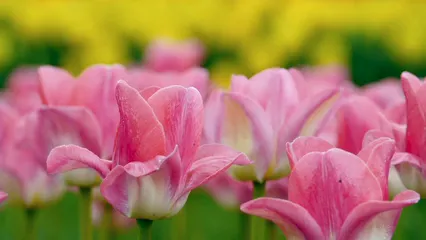
Characteristics of the Dragon’s Breath Plant
Description and Appearance
The Dragon’s Breath plant showcases a striking visual appeal. Its flowers are predominantly red, creating a bold statement in any garden. These plume-like blooms stand tall, often reaching heights of up to 2 feet. The vibrant color draws the eye, making it a favorite among gardeners.
The foliage is equally impressive, featuring bushy, upright growth. The leaves are lush green, providing a beautiful contrast to the bright flowers. With a spread of 15 to 18 inches, this plant forms an attractive mound that complements various landscaping designs. You’ll love how it adds texture and color, whether in borders or containers.

Ideal Environment for Dragon’s Breath
For optimal growth, the Dragon’s Breath plant thrives in full sun. Aim for at least six hours of direct sunlight each day. This exposure ensures the plant develops its stunning blooms and bushy structure. You can find more about Florida plants for full sun to see how they can benefit your garden.
Soil quality is essential too. A well-draining mix with a pH between 6.0 and 7.0 works best. This balance allows the roots to access nutrients without sitting in water. While the plant enjoys regular moisture, it’s also drought-tolerant once established. Watering every week should suffice, but always check the soil for dryness. With the right conditions, your Dragon’s Breath plant will flourish beautifully!
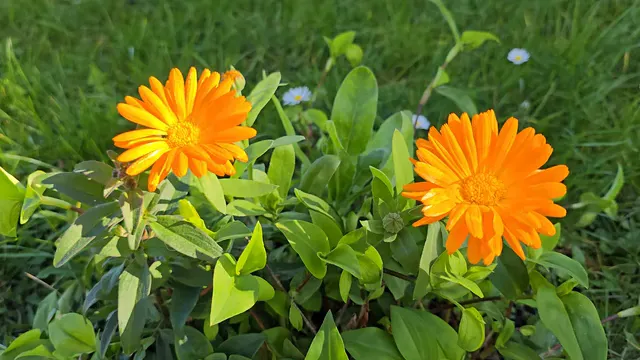
Planting and Care Instructions
Step-by-Step Planting Guide
Ready to plant your Dragon’s Breath? Let’s get started!
First, prepare your soil. Aim for a well-draining mix with a pH of 6.0 to 7.0. This ensures the roots thrive without standing water. You can mix regular garden soil with compost to enhance drainage and nutrients. If you’re looking for a great Compost for Plants, check this out!
Next, plant your Dragon’s Breath at a depth of about 1 inch. This allows the roots to establish properly. When it comes to spacing, place each plant 15 to 18 inches apart. This distance promotes healthy air circulation and growth.
Fertilizing is key for vibrant blooms. A balanced, slow-release fertilizer works wonders. Apply it every 4-6 weeks during the growing season. This helps your plant develop those stunning red plumes, similar to the best organic fertilizers for vegetable gardens in small spaces.
Pest management is essential too. Keep an eye out for aphids or spider mites. If you notice any, wash them off with a gentle spray of water. Insecticidal Soap Spray for Plants can also help if infestations occur.
With these steps, your Dragon’s Breath will flourish beautifully, bringing color to your garden all summer long!

Maintenance and Troubleshooting
Care Tips and Common Issues
Routine maintenance for your Dragon’s Breath plant is straightforward. Regular watering is crucial, especially during dry spells. Aim for once a week, but check the soil first. If it’s dry an inch down, it’s time to water.
Seasonal care includes deadheading spent flowers. This encourages new blooms and keeps your plant looking neat. Additionally, remove any yellowing leaves to maintain its health.
Watch for common pests like aphids and caterpillars. If you spot them, treat the plant with insecticidal soap or neem oil. For more information on pests, check out common pests in Japanese friendship gardens and how to control them.
Discolored foliage or wilting can signal issues. If leaves turn yellow, it could mean overwatering. Reduce watering and improve drainage. For wilting, ensure the plant receives enough sunlight. Adjust its position if necessary.
By following these tips, your Dragon’s Breath will thrive and add vibrant beauty to your garden!

Uses in Landscaping and Garden Design
Creative Ways to Incorporate Dragon’s Breath
Dragon’s Breath is more than just a pretty plant. It offers versatility for various landscaping projects. One popular option is container gardening. Place these vibrant plants in decorative pots for a stunning display on patios or balconies. Their striking colors can brighten any space. Check out these Decorative Plant Pots that would work perfectly!
Another creative use is border planting. Plant Dragon’s Breath along pathways or garden edges to create a bold visual impact. Mass plantings can also offer a spectacular view, filling larger areas with vibrant red blooms.
Pairing Dragon’s Breath with other plants is a fantastic idea too. Consider combining it with greens like ornamental grasses or other flowering plants. This contrast enhances its beauty, making your garden truly stand out. With its adaptability, Dragon’s Breath can fit seamlessly into any garden design.
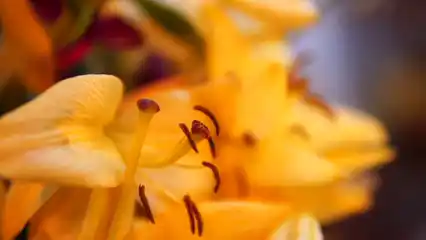
Benefits of Growing Dragon’s Breath
Why Choose Dragon’s Breath?
Adding Dragon’s Breath to your garden comes with numerous advantages. First, it boasts a long blooming season. You can enjoy its stunning red plumes from summer through fall, providing lasting color.
Another benefit is its ability to attract pollinators. Bees and butterflies are drawn to its vibrant flowers, making your garden a lively and buzzing space. This not only enhances your garden’s beauty but also supports local wildlife.
Lastly, Dragon’s Breath is low maintenance. Once established, it requires minimal care. It thrives in full sun and tolerates drought well, making it perfect for busy gardeners. With these benefits, Dragon’s Breath is a smart choice for any garden enthusiast. Don’t forget to equip yourself with Gardening Gloves to protect those hands while you garden!
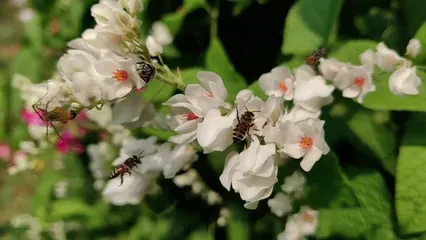
Conclusion
In summary, the Dragon’s Breath plant, or Celosia argentea, is a stunning addition to any garden. Its vibrant red blooms and bushy growth make it a favorite among both novice and seasoned gardeners. The plant thrives in sunny conditions and requires minimal care, making it ideal for busy individuals.
With its long blooming season, Dragon’s Breath not only adds color but also attracts pollinators, enhancing your garden’s ecosystem. If you’re looking for an eye-catching plant that’s easy to maintain, consider trying your hand at growing Dragon’s Breath. You’ll be amazed at how this beautiful plant can transform your outdoor space! And don’t forget to document your gardening journey with a Garden Journal.
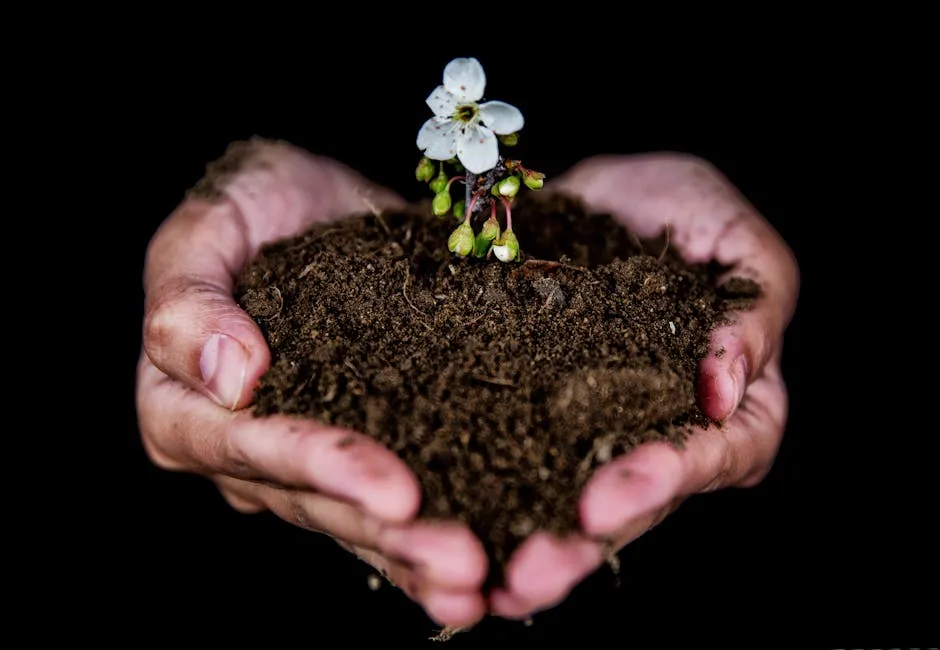
FAQs
What is the best way to propagate Dragon’s Breath?
The most effective way to propagate Dragon’s Breath is through seeds. Start by collecting seeds from mature blooms in the fall. You can sow them indoors about 8-10 weeks before the last frost. This gives them a head start. Transplant seedlings outdoors after the danger of frost has passed. This method ensures a healthy start for your Dragon’s Breath plants.
How often should I water my Dragon’s Breath plant?
Water your Dragon’s Breath plant once a week, allowing the soil to dry slightly between waterings. This plant is drought-tolerant once established, so avoid overwatering. Always check the soil moisture by sticking your finger an inch deep into the soil. If it feels dry, it’s time to water!
Can Dragon’s Breath survive in cooler climates?
Dragon’s Breath is best suited for warmer climates, typically thriving in USDA hardiness zones 10 and above. However, you can grow it as an annual in cooler regions. Just ensure it’s planted after the last frost and in a sunny location to help it flourish during the warmer months.
What pests should I watch for when growing Dragon’s Breath?
Common pests include aphids, spider mites, and caterpillars. Regularly inspect your plants for any signs of infestation. If you spot pests, treat them promptly with insecticidal soap or a strong spray of water. Keeping your plant healthy will help deter these unwanted visitors.
How can I maximize the bloom season for Dragon’s Breath?
To maximize blooms, ensure your Dragon’s Breath receives full sunlight for at least six hours daily. Regularly deadhead spent flowers to encourage new growth. Using a balanced, slow-release fertilizer every 4-6 weeks during the growing season will also help promote vibrant blooms throughout the summer and fall.
Please let us know what you think about our content by leaving a comment down below!
Thank you for reading till here 🙂
All images from Pexels



